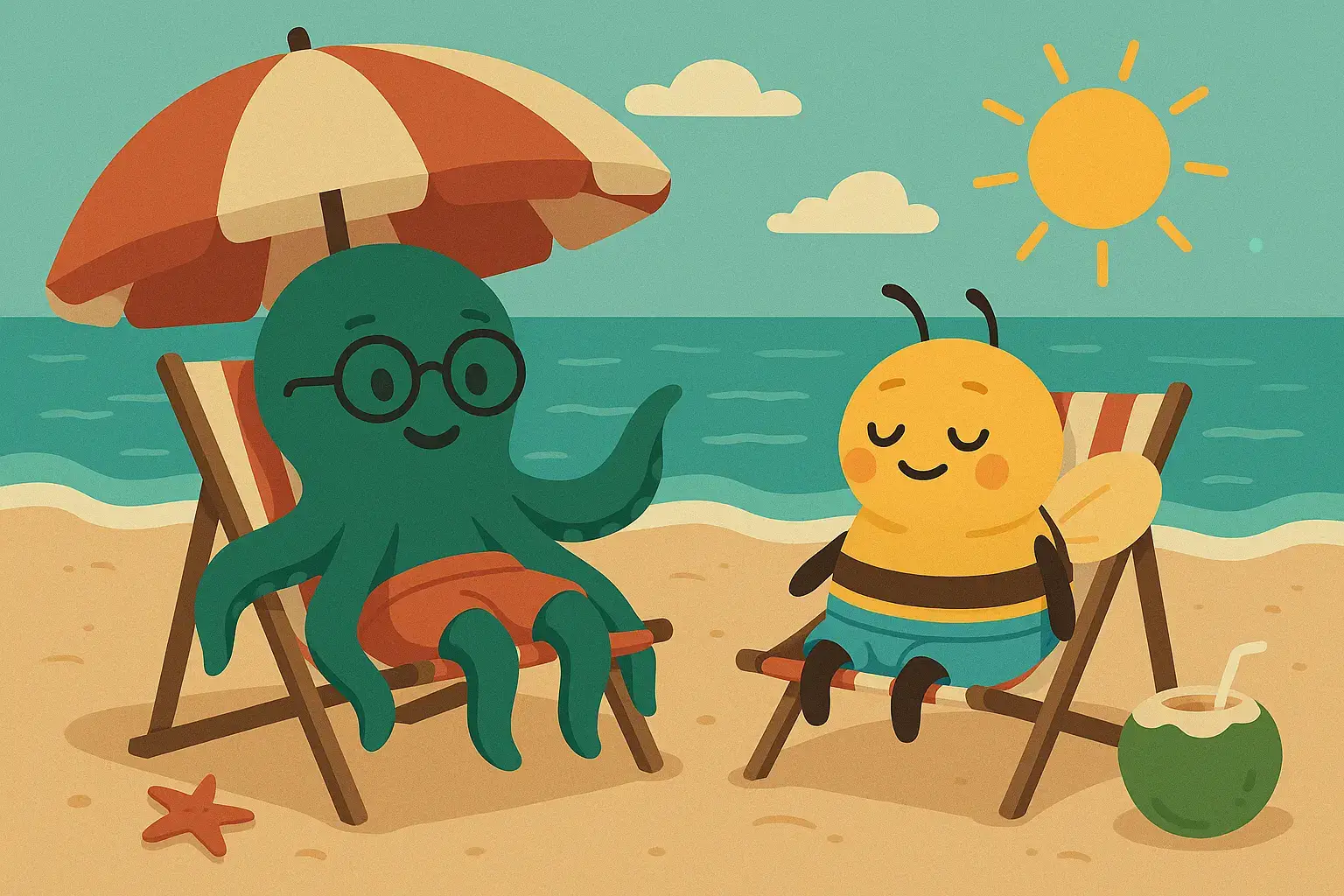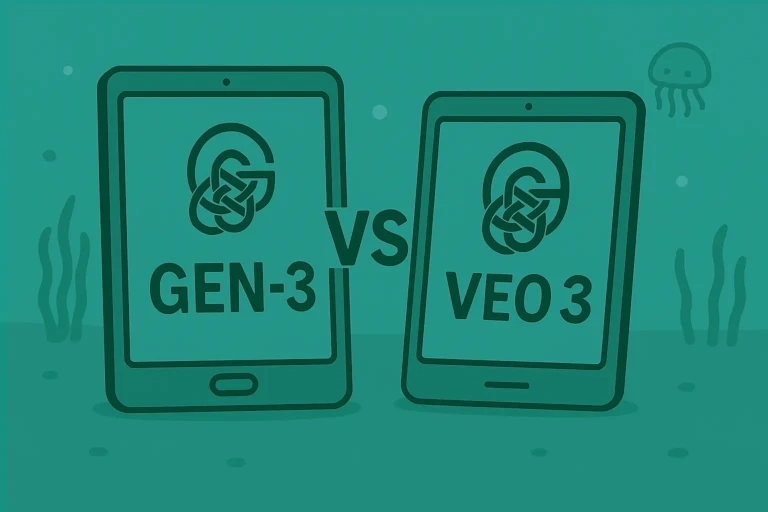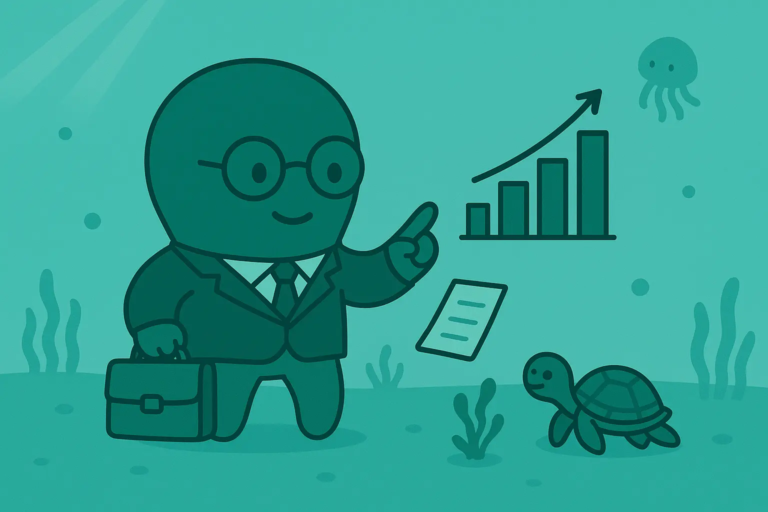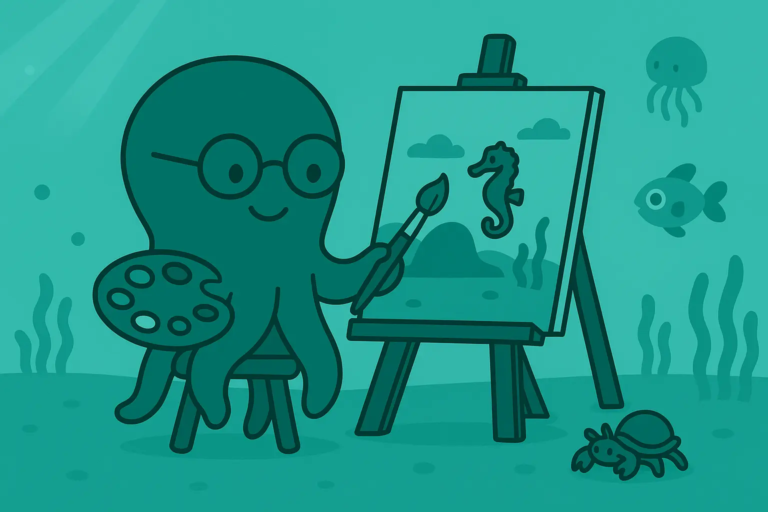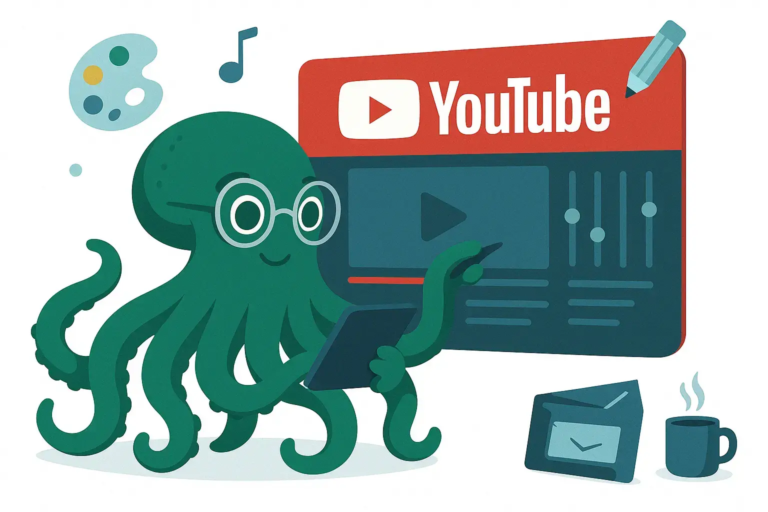Anthropic vs Claude AI: What’s the Difference?
Many people confuse Anthropic and Claude AI.
Some think they’re the same; others aren’t sure how they relate.
Here’s the straightforward answer:
• Anthropic is the company.
• Claude is the AI model developed by Anthropic.
But there’s more to it. Understanding the distinction helps you make better choices when working with AI tools.
What Is Anthropic?
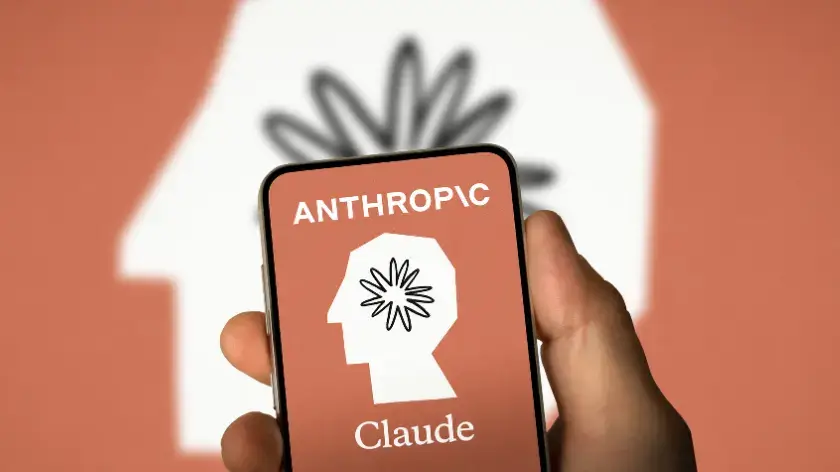
Anthropic is an AI research company founded in 2021 by former OpenAI employees, including siblings Dario and Daniela Amodei.
The company’s mission is to develop AI systems that are safe, interpretable, and steerable.
Anthropic focuses on AI safety and has developed a family of large language models (LLMs) named Claude.
These models are designed to be helpful, honest, and harmless, aligning with human intentions.
What Is Claude AI?
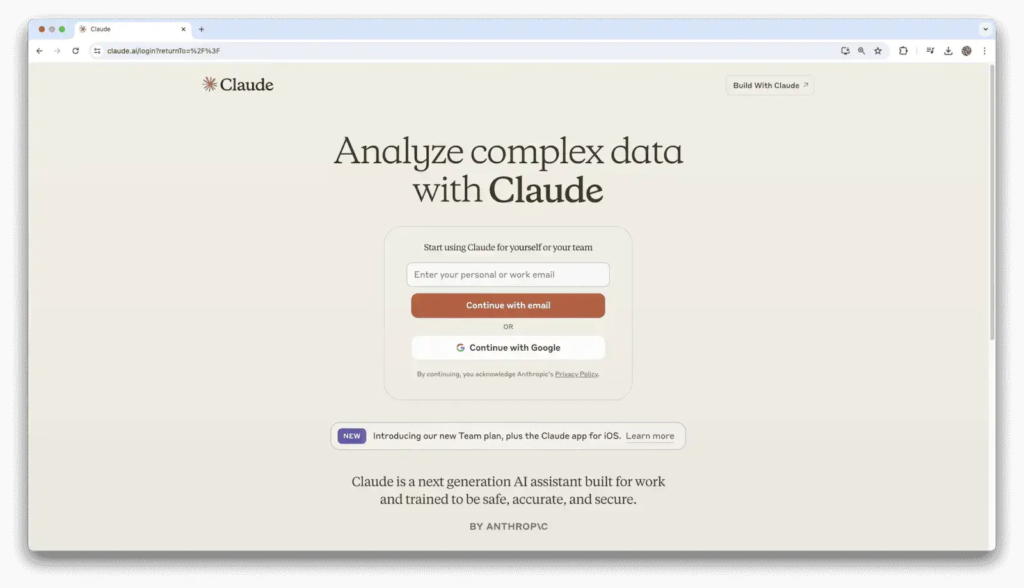
Claude is the name of Anthropic’s family of AI models — similar to how ChatGPT is the name for OpenAI’s product.
It’s named after Claude Shannon, the father of information theory.
Claude is a large language model (LLM), built to understand and respond to human language.
It can help you write, summarize, brainstorm, code, answer questions, and more — just like other top AI tools.
There are now multiple versions of Claude, including:
• Claude 1 (early release in 2023)
• Claude 2 (improved reasoning and usability)
• Claude 3 (released in 2024 — includes three models: Opus, Sonnet, and Haiku)
You can use Claude through:
• The website: claude.ai
• Apps like Notion, Slack, and Quora’s Poe
• Anthropic’s API (for developers)
So when people say “Claude AI,” they’re talking about the product, not the company.
Just like ChatGPT isn’t “OpenAI,” Claude isn’t “Anthropic” — it’s what they built.
Anthropic vs Claude AI: The Core Difference
Anthropic is the company.
Claude is the AI model the company built.
Anthropic creates the technology, does the research, and trains the models.
Claude is the actual tool you use to chat, write, and get work done.
It’s the same idea as OpenAI and ChatGPT — one is the maker, the other is the product.
So when someone says “Anthropic,” they mean the company behind the AI.
When they say “Claude,” they’re talking about the AI itself.
That’s the difference.
What Makes Claude AI Unique
Claude stands out for a few key reasons.
First, it can handle a huge amount of text — up to 200,000 tokens in Claude 3.
That means it can read long documents, analyze reports, or keep context over big conversations.
Second, it’s designed to be safer and more reliable. Anthropic uses a training method called Constitutional AI, which helps Claude follow rules and avoid harmful or biased replies — without needing constant human feedback.
Third, it has a calm, helpful tone.
It feels more cautious and polite compared to some other chatbots, which makes it a good choice for tasks that need accuracy and clarity.
Finally, Claude 3 models are fast, accurate, and strong in reasoning — especially the Claude 3 Opus model, which competes directly with GPT-4 and Gemini 1.5.
What Are Claude 1, 2, and 3?
Claude has been released in three major versions so far.
• Claude 1 launched in March 2023. It was the first public version — smart, but limited in memory and reasoning.
• Claude 2 came out in July 2023. It improved writing, math, and coding. It was more useful for day-to-day tasks and had a better user experience.
• Claude 3 launched in March 2024. It includes three models:
• Opus (most powerful)
• Sonnet (balanced performance)
• Haiku (fast and lightweight)
Claude 3 brought big upgrades:
• Stronger reasoning
• Fewer mistakes
• Faster responses
• Better at handling images and long documents
If you’re using Claude today, you’re most likely using Claude 3 — unless the app or platform hasn’t updated yet.
How Does Claude AI Compare to ChatGPT?
Both are top AI tools, but they work differently.
Claude is better at handling long documents and staying consistent in tone.
ChatGPT is more flexible with creativity and has more third-party tools.
Claude feels safer and more careful.
ChatGPT can be more casual and open-ended.
If you need structure, long context, or detailed answers — go with Claude.
If you want more variety or plugins, ChatGPT might fit better.
What Can You Do with Claude?
You can use Claude to:
• Write blog posts, emails, or reports
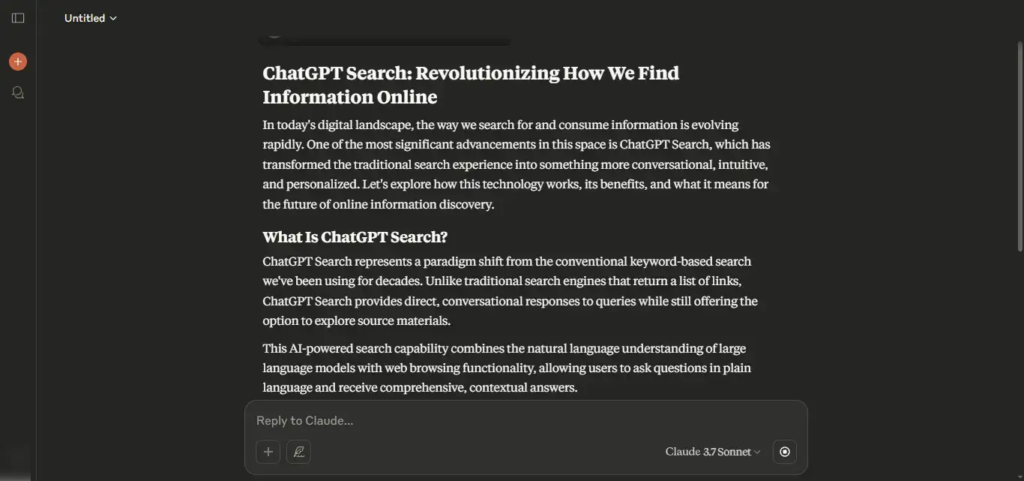
• Summarize long PDFs or documents
• Brainstorm ideas
• Answer questions
• Draft code or debug simple problems
It works well for both short tasks and deep work — especially if the content is long or complex.
Where Can You Use Claude?
You can use Claude on:
• claude.ai (the main site)
• Inside tools like Notion, Slack, and Quora’s Poe
• Through API for building your own apps
Is Claude Free?
Yes, there’s a free version on claude.ai.
You get access to Claude 3 Sonnet with limits on usage.
Claude Pro costs $20/month and gives access to Claude 3 Opus — the most advanced model.
It also gives you more messages and faster responses.
Is Claude Safe?
Anthropic focuses on safety more than most companies.
Claude is trained using Constitutional AI, which helps it avoid harmful replies, biased answers, or unsafe suggestions.
It doesn’t remember your chats unless memory features are turned on.
Right now, memory is not available in some regions like the EU and UK.
How Does Claude Compare to Other AI Models?
Claude competes with:
• GPT-4 / GPT-4o (OpenAI)
• Gemini 1.5 (Google)
• Mistral and other open-source models
Claude 3 Opus is one of the strongest right now for reasoning and context.
Its writing is clean, and it handles long inputs better than most.
But it has fewer features compared to ChatGPT with tools or Gemini’s media support.
Who Should Use Claude?
Claude works best for:
• Writers
• Researchers
• Analysts
• Teams handling documents or long content
It’s a solid choice if you care about clarity, tone, and safety.
If you want raw creativity or add-ons, ChatGPT may offer more flexibility.
Can You Build with Claude?
Yes. Claude is available through the Anthropic API.
You can:
• Build custom apps
• Automate writing or support tasks
• Integrate Claude into your own product
The API supports Claude 3 models, with pricing based on usage.
It’s used by teams at Notion, Slack, and others.
What’s Next for Claude and Anthropic?
Claude is moving toward more personalized AI.
Soon, memory will be rolled out to more users, letting it remember preferences and past tasks.
Anthropic is also building AI agents — tools that can browse, plan, and act on your behalf.
Partnerships with Amazon and Google are helping scale the tech fast.
Final Thoughts: Why the Difference Matters
Here’s what you need to remember:
• Anthropic is the company.
• Claude is the AI model it makes.
Claude is built with safety, structure, and reliability in mind.
It’s not here to do everything — but what it does, it does well.
If you’re choosing between tools, knowing who built it — and how — helps you make the right call.

